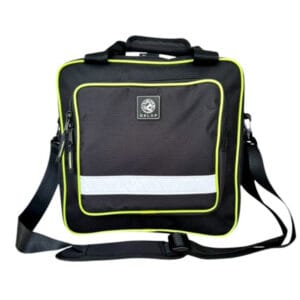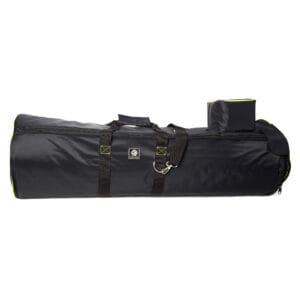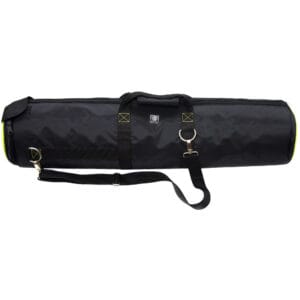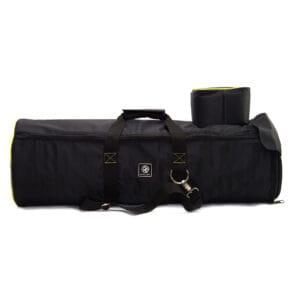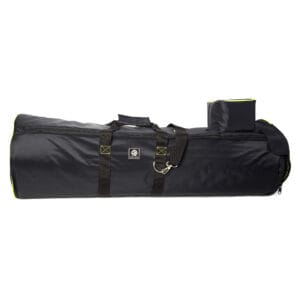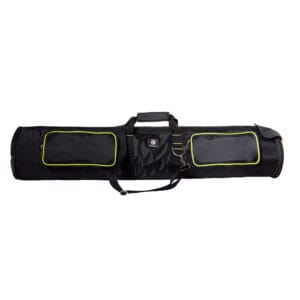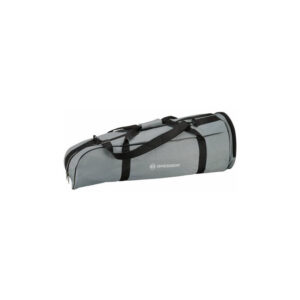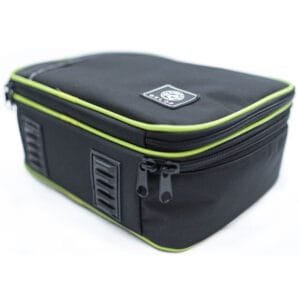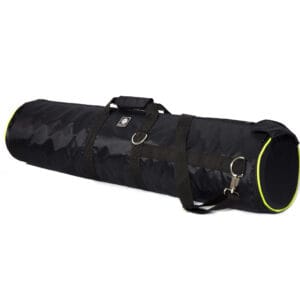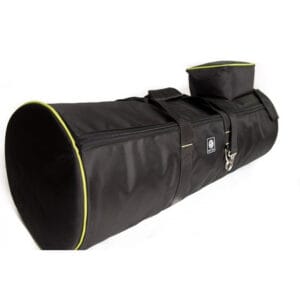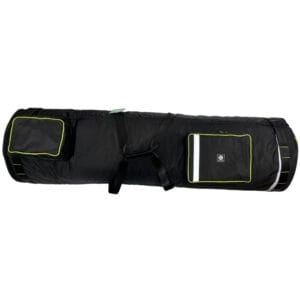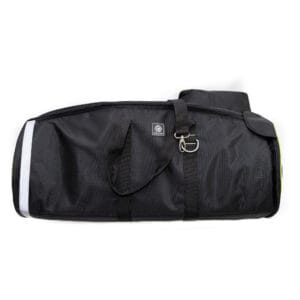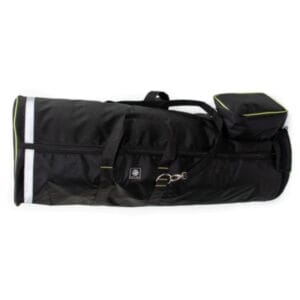Carrier bags

Showing 1–20 of 36 resultsSorted by popularity
Showing 1–20 of 36 resultsSorted by popularity
Carrying Bags: Protect and carry your telescope safely and comfortably
A good carrying bag is indispensable for transporting and storing your telescope and accessories. With the right bag, you'll protect your optics from bumps, scratches and weather, and effortlessly carry even the heaviest set to any observation location. In this comprehensive guide, you'll discover:
Why a solid carrying case is essential
The main types and sizes
Materials, padding and closures to watch out for
Practical tips for transportation and maintenance
1. Why invest in a good tote bag?
Mechanical protection
Spaces between foam pockets keep parts in place, prevent tubes and lenses from hitting each other and absorb shock when bumps occur on the road.Weatherproofing
Water- and dust-proof outer layers and water-repellent zippers protect your precious optics from rain, snow and sand.Ergonomics & wearing comfort
Adjustable shoulder straps, thumb and handle grips, and padded back panels make long hikes or field trips less stressful.Organization
Compartments for eyepieces, Barlow's, adapters and cables keep your kit organized, so you can quickly find what you need on a dark night.
2. Types of carrier bags
a. Tubular telescopic sleeves
Rectangular or cylindrical in shape, matching the OTA length
Usually with one large main compartment for the tube and smaller outside compartments for accessories
b. Backpack-style bags
Twin-compartment for OTA and mounts/ tripods
Ideal for longer treks, with heavily compacted back panel
c. Suitcase bag combinations
Hard base with foam inlay and soft top bag
Optimal for protection against heavier impacts
d. Accessory cases
Compact bags or cases specifically for eyepieces, filters and adapters
Often with removable inserts and Velcro closure
3. Materials & padding
Outer material
Cordura/Nylon 600D+: highly abrasion resistant and water repellent
Polyester Ripstop: lightweight, tear-resistant
Lining & padding
EVA or PE foam: high strength, protects against impact
Closed-cell foam: keeps water out and cushions shocks
Zippers & closures
Waterproof YKK zippers with cover flap
Heavy-duty buckles and T-clip closures for quick opening
Attachment points
Adjustable hooks and loops To secure the OTA inside
Velcro straps for added security
4. Practical properties
Adjustable length: adapt the bag to different OTA lengths or compact duo-tube systems.
Modular inserts: removable divider panels to customize the layout.
Vents: mesh panels or air holes to prevent condensation inside the bag.
Reflective stripes: safety accents for traffic in the dark.
5. Tips for transportation and use
Prepare
Remove all loose parts (viewfinders, adapters) and pack them separately in an accessory case to avoid damage.Bag packing
Place the heaviest components at the bottom and distribute weight evenly. Place the OTA level in its foam compartment.Carrying position
Use both shoulder strap and handle: carry the bag close to your body for better balance.Field Settings
Temporarily store the bag unfolded as a workbench and use the inside as a windbreak or mat.Clean after use
Shake sand out of the bag and wipe the lining with a damp cloth; allow to dry completely before storing.
Frequently Asked Questions about Carrier Bags
What bag size do I need for my 8″ Dobsonian?
Find a tube compartment at least 100 cm in length and 25 cm in diameter, plus a separate compartment for counterweight or accessories.Can you stack a telescope bag in the trunk?
Yes, but place the bag shoulder-side up and protect with blankets against sliding.How do you keep the bag dry inside?
Place a strip of moisture-absorbent foam or silica gel packs in an inner bag.Are all telescope bags universal?
Many are adjustable, but always check length, diameter and foam layout for your OTA.Which is better: hard bottom bag or completely soft bag?
Hard bottom bag provides extra protection during rough transportation, soft bag is lighter and more flexible.How often do I replace foam inlays?
On average once every 3-5 years, or as soon as the foam becomes visibly deformed or discolored.Can I also carry tripods in the same bag?
Only in backpack-style bags with double compartment or in a suitcase bag combination.How do I maintain waterproof zippers?
Coat them occasionally with silicone spray and keep the flaps free of dust.Are telescoping bags ideal for air travel?
For air travel, it is better to use a hard ATA case; soft bags are not enough.How do I recognize quality material?
Note sturdy stitching, branded YKK zippers and materials such as 600D Cordura.Can I detach bag straps for washing?
Yes, most bags have detachable straps or clip systems.How do I store my bag when it's wet?
Leave unfolded to dry in a ventilated area; do not store until completely dry.How do I prevent mold in the bag?
Use silica gel and store the bag in a dry, cool place.What is the maximum weight for a telescope bag?
Many carry up to 15-20 kg, check the carrying comfort and belt quality.How do I organize additional eyepieces in the same bag?
Store them in small accessory cases with foam inlay and place them in an outside compartment.Are reflective details really useful?
Yes, especially in deserted parking lots in the dark it increases your visibility.How do I adjust the bag for shorter optics?
Slide the divider panels in and secure them with the Velcro hooks.Do all bags work with a TSA lock?
Only some models; check if the manufacturer offers TSA-approved locks.Is a padded back panel important?
Especially on long walks; it prevents back pain and promotes ventilation.How do I extend the life of my bag?
Clean regularly, avoid sharp objects, use inner foam and replace wear parts in a timely manner.

